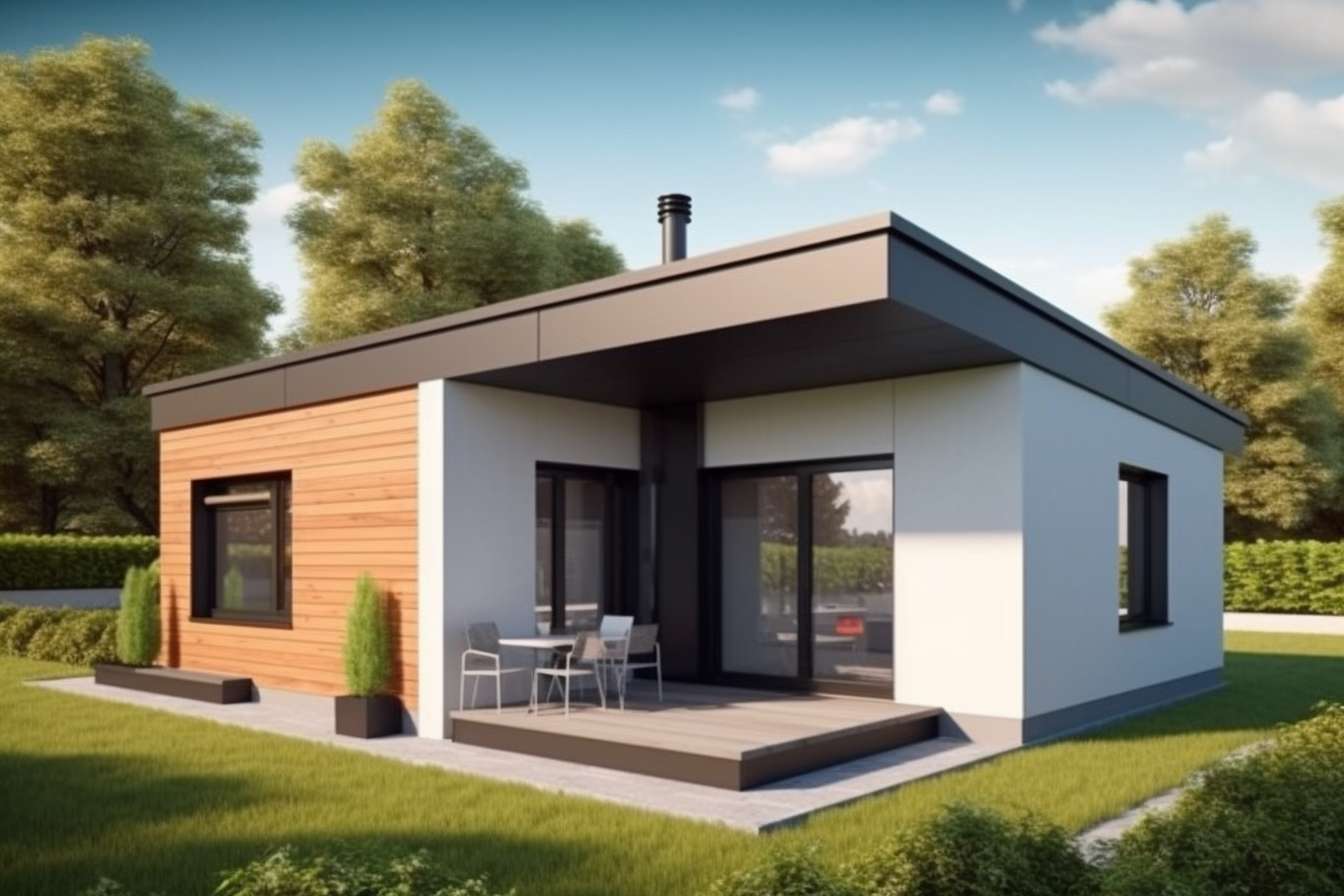Choosing Frames: Vinyl, Fiberglass, or Wood for Style and Performance
Selecting the right frame material has a major impact on appearance, comfort, and long-term performance. This guide compares vinyl, fiberglass, and wood through the lenses of energy use, durability, maintenance, and design fit so you can align style with practical needs in different climates and building types.

Frame choice shapes temperature control, noise levels, and the character of a room. Beyond color and finish, materials influence insulation, daylight, and maintenance over decades. Below, we look at Energy-efficient window options with modern insulation features, the pros and cons of vinyl, fiberglass, and wood, and how to match styles to architecture in different climates around the world.
Energy‑efficient window options and insulation features
Energy performance depends on the whole assembly: glazing, spacers, seals, and frame. Look for low U‑factor (better insulation), appropriate Solar Heat Gain Coefficient (SHGC) for your climate, and strong air‑leakage ratings. Double or triple glazing, low‑E coatings, gas fills (argon or krypton), and warm‑edge spacers reduce heat transfer. Frame materials matter, too: vinyl often uses multi‑chamber profiles to trap air; fiberglass can include insulation and has low thermal conductivity; wood naturally insulates but requires good sealing. For clarity, many buyers seek Energy-efficient window options with modern insulation features to balance comfort and efficiency across seasons.
Popular frame materials: vinyl, fiberglass, wood
Vinyl offers solid thermal performance, low maintenance, and consistent factory colors. It’s widely available and cost‑efficient for standard sizes, though it can expand and contract with temperature swings and may be less rigid for very large openings. Fiberglass is dimensionally stable, strong, and paintable; it tolerates heat and cold with minimal movement and can support slimmer profiles for more glass. Wood delivers a classic look and is easy to repair, paint, or stain, but it needs ongoing care to prevent moisture damage. These are Popular frame materials such as vinyl fiberglass and wood for US homes as well as many other regions, chosen for their balance of appearance, performance, and upkeep.
Guidance on window styles for architectural design
Form should support function and context. Double‑hung units complement traditional facades and allow flexible ventilation. Casements seal tightly and capture breezes, suiting modern or coastal designs. Awnings shed rain while venting; sliders fit tight spaces; picture and fixed units maximize views and efficiency; bay and bow assemblies add depth and daylight. Consider grille patterns, sightlines, and trim profiles so frames reinforce the building’s era and scale. Guidance on selecting window styles that fit architectural design includes verifying egress requirements, aligning sightlines across elevations, and coordinating interior finishes for a cohesive look.
Window replacement: climate and energy performance
Climate sets the priorities. In cold regions, target low U‑factors and consider higher SHGC on sun‑facing elevations to capture winter warmth. In hot, sunny areas, prioritize low SHGC to limit heat gain and ensure robust UV control. Mixed climates benefit from balanced ratings and tight air sealing to reduce drafts. Installation quality is critical: flashing, shims, and foams must manage water and vapor correctly. Local codes and efficiency labels can guide choices, but compare actual performance metrics for your location. Considerations for window replacement including climate and energy performance also include condensation resistance, especially in humid interiors.
Noise reduction, durability, and natural light
Window choices designed for noise reduction durability and natural light depend on the frame, glazing, and seals working together. For quieter rooms, look for laminated glass or asymmetric double panes and check STC/OITC ratings. Durable assemblies resist UV, moisture, and temperature swings: vinyl is low‑maintenance but sensitive to heat expansion; fiberglass remains stable with long service life; wood is strong and repairable but needs regular finishing or exterior cladding. To maximize daylight, slimmer frames and larger panes help—provided structure and wind loads are respected. Glare control may call for selective low‑E coatings or interior shading.
The table below summarizes core differences among common frame materials available from various manufacturers worldwide.
| Product/Service Name | Provider | Key Features |
|---|---|---|
| Vinyl frame windows | Various manufacturers | Good insulation with multi‑chamber profiles; low maintenance; broad availability; limited color/heat tolerance; may require reinforcement for large spans. |
| Fiberglass frame windows | Various manufacturers | High strength and dimensional stability; paintable; slim profiles; strong thermal performance; typically higher upfront cost than vinyl. |
| Wood frame windows | Various manufacturers | Natural insulator; premium aesthetics; easily repaired and refinished; requires ongoing maintenance; sensitive to moisture without proper finishes. |
Putting the pieces together
Each material can deliver strong performance when matched to climate, project goals, and architectural language. Vinyl suits budget‑minded renovations seeking dependable efficiency with minimal upkeep. Fiberglass fits projects that value stability, longevity, and clean sightlines. Wood aligns with heritage aesthetics and fine interior finishes when maintenance is planned. Combine appropriate glazing, careful installation, and detailing to achieve comfort, quiet, and daylight without compromising durability or design coherence.




